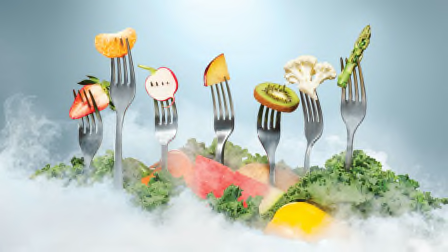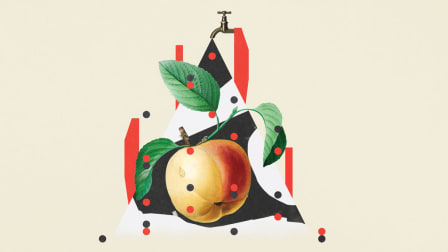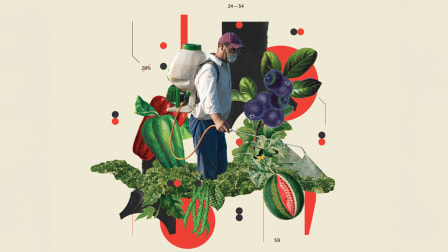Stop Eating Pesticides
Use CR’s exclusive ratings to get the health benefits from fruits and vegetables while minimizing your risk from toxic chemicals
Sinking your teeth into a crisp apple or chomping on a stalk of celery is something you should be able to do without thinking. After all, the best nutritional science shows that eating a variety of fruits and vegetables—and plenty of them—is a crucial component of good health. But produce sometimes comes with potentially harmful pesticide levels.
That’s according to a new Consumer Reports analysis of five years of data from the Department of Agriculture collected from tests on fruits and vegetables to detect about 450 pesticides. In some cases, those levels exceed what CR’s experts consider safe.
The solution isn’t to eat less produce. More than 80 percent of Americans already fall short of the recommended amounts: at least 2½ cups of vegetables and 2 cups of fruits per day for most adults. Instead, you can minimize the risk by choosing fruits and vegetables grown with fewer and safer pesticides.
One way is to choose organic produce. “CR recommends buying organic when possible, to reduce your pesticide exposure and protect the environment and farmworkers,” says Charlotte Vallaeys, the senior policy analyst at CR who led our new pesticides study. Organic standards permit some pesticides, but they can be used only after nonchemical methods, such as crop rotation, have failed. Even then, farmers can’t use pesticides that could be harmful to people or the environment.
Pesticides and Your Health
“Pesticides are chemicals that are specifically designed to kill living organisms,” says Devon Payne-Sturges, DrPH, an associate professor at the University of Maryland School of Public Health in College Park. Some of the clearest evidence of harm comes from people who work with pesticides or live in agricultural areas. The Environmental Protection Agency says agricultural pesticide exposure is tied to asthma, bronchitis, non-Hodgkin’s lymphoma, Parkinson’s disease, and prostate and lung cancers.
Industry groups say that such residue on food doesn’t pose a risk. “A farmer’s first consumer is his or her own family, so food safety is always their top priority,” says Teresa Thorne, executive director of the Alliance for Food and Farming. And CropLife America, a pesticide industry group, said that half or more of items tested by the USDA show no pesticide residue.
But many experts remain concerned. Payne-Sturges says pesticides can damage the brain and nervous system. And even low levels have been linked to cancer, reproductive issues, and other health problems, she says.
Plenty of research bears this out. A 2019 study in JAMA Internal Medicine found that people with the highest levels of exposure to pyrethroid pesticides were three times as likely to die from cardiovascular disease during the 14-year study than those with less exposure. In a 2010 study in the journal Pediatrics, children with a greater exposure to organophosphate pesticides were more likely to be diagnosed with attention deficit hyperactivity disorder, known as ADHD. And a 2016 analysis in Scientific Reports found a link between pesticides and an increased risk of Alzheimer’s disease.
Other evidence suggests that pesticides disrupt the endocrine system, which is made up of hormones, the glands that produce them, and the receptors in the body that respond to them. Experts think this may contribute to some cancers and other health problems. And because this system is delicate, even small amounts of endocrine disruptors could have outsized effects, says Michael Hansen, PhD, CR’s senior scientist.
Yet the overall health impact of pesticides may be even greater because there are still many unanswered questions about the effects of long-term, low-dose exposure.
What Research Can’t Tell Us
Scientists studying pesticides are limited in the kind of research they can conduct. Giving a group of people a pesticide-laden diet and another a pesticide-free one would provide clearer answers—but would also be unethical. So scientists turn to other types of studies.
Animal studies, which can provide clues to potential harms, are limited by significant biological differences between, say, rats and humans. And epidemiological studies—which look at groups of people, their pesticide exposure, and their health outcomes over long periods of time—can link pesticides and illness but can’t prove that the chemicals caused the diseases.
Another limitation: Pesticides are usually regulated and studied by considering the effects of just a product’s active ingredient. Yet pesticide formulas contain many other substances. “Some of these are called inert ingredients, which gives you the impression that they’re not harmful,” Payne-Sturges says. But how they might affect health is largely unknown.
Also, health effects may be compounded when multiple pesticides are used together, which frequently happens. But most studies evaluate only the effects of a single type or class of pesticide, says Brenda Eskenazi, PhD, director of the Center for Environmental Research and Children’s Health at the University of California, Berkeley. “What we should be looking at is the whole swimming pool of chemicals that we’re exposed to,” she says.
What does this mean for consumers? “Sadly, there’s a lot we don’t know about the human health effects of pesticides in food,” says CR’s Vallaeys. “Given this, it makes sense that we should err on the side of caution and base decisions about pesticide use not just on what we know but also on what we don’t yet know.”


Pesticides pose special dangers to people who work with them on farms and in factories, as well as to their families and people who live nearby.
A long-running project from the University of California, Berkeley, known as the CHAMACOS study is a key source of evidence. (The name is an acronym for the Center for the Health Assessment of Mothers and Children of Salinas, and means “little children” in Mexican Spanish.) Starting in 1999, researchers began following hundreds of Latino children—many from before they were even born—in Salinas, Calif., an area where much of U.S. produce is grown.
The findings show that pesticide exposure in pregnant women and during childhood is linked to poor reflexes in infants (a sign of brain and nervous system problems), lower IQ, attention disorders, poorer lung function, and more. People facing greater economic and social challenges are also more likely to suffer harm from pesticide exposure, says Brenda Eskenazi, PhD, the study’s director.
“The effects of pesticides on the people who grow and harvest our food is a big part of the reason CR recommends buying organic when you can,” says Charlotte Vallaeys, CR’s senior policy analyst.
Pesticide Regulation
Laws governing the use of pesticides on produce in the U.S. are based, at least in theory, on a philosophy of avoiding potential risk in the absence of definitive proof of their harm. But CR’s experts say the government hasn’t upheld its responsibility to protect consumers.
The EPA, which is responsible for overseeing pesticides, sets limits on how much residue is allowed on food. The USDA and the Food and Drug Administration separately test fruits and vegetables for pesticides. Both agencies say that by and large, testing shows that levels are almost always below legal limits. But the research used to set these tolerances is imperfect, and they’re often too high, says CR’s Hansen.
At a baseline, the limits are set at one one-hundredth of the amount of a pesticide that doesn’t cause apparent harm to animals in laboratory testing. That safety factor is meant to account for the uncertainty that arises when the results of animal studies are applied to long-term human exposure, and the fact that some people are more sensitive than others to pesticides.
The 1996 Food Quality Protection Act requires the EPA to apply extra protection when science doesn’t conclusively show that a chemical is safe for infants and children. Known as the “FQPA safety factor,” it lowers the cap on pesticide residue from one one-hundredth to one one-thousandth of the amount found not to harm lab animals. But with the exception of organophosphates, this safety margin has rarely been used.
A February 2020 analysis in the journal Environmental Health looked at 59 pesticide risk assessments from the EPA between 2011 and 2019. It found that the agency didn’t apply the FQPA safety factor to more than 85 percent of nonorganophosphate pesticides.
The agency told CR it makes decisions about whether to apply the FQPA safety factor based on a variety of research, “a wealth of high-quality, peer-reviewed data.” When it decides not to, it has determined that a particular pesticide doesn’t affect infants and children any differently from adults.
But CR’s scientists think that in many cases the EPA isn’t looking at the entire spectrum of possible harm. The 1996 law instructs it to screen for endocrine-disrupting effects. But as of 2020, it has completed full endocrine screenings on only 52 pesticides.
Nor is it using the latest science, according to Hansen. “The tests the EPA uses to approve pesticides don’t take into account new evidence on pesticide harms, and it hasn’t incorporated many new scientific techniques,” he says.
James Hewitt, an EPA spokesperson, says the agency’s standard evaluations include some assessment of endocrine effects. And he says that while screening pesticides for endocrine-disruption potential is slow and resource intensive, the agency is working on developing newer, faster screening techniques, and that it refines its safety evaluation methods as science evolves.
What CR’s Analysis Found
In our ratings, the “cleanest” produce receives an Excellent or Very Good score, while fruits and vegetables that carry the most risk are rated Fair or Poor. They factor in the total number of pesticides, the level of each on fruits and vegetables, the frequency with which they were detected, and their toxicity.
To account for toxicity, we used the EPA’s chronic reference dose for each pesticide (the amount it considers not likely to cause harm over a lifetime), then applied the FQPA safety factor to known neurological toxins or suspected endocrine disruptors—even when the EPA doesn’t. The goal was to “minimize the chance that risks are underestimated,” says Chuck Benbrook, PhD, a consultant who helped develop CR’s risk scores.
This means that fruits and vegetables with residue of many different pesticides can still receive a rating of Very Good or even Excellent if the amounts are low compared with the level we consider harmful, or if the pesticides have a low toxicity. But others rate poorly if they have even a very small amount of a more dangerous pesticide.
For example, fresh nonorganic tomatoes have a Very Good rating despite having residue of 65 pesticides because the amounts weren’t concerning and/or were found on only a few samples. On the other hand, imported nonorganic summer squash rated Poor because it had worrisome amounts of a particularly harmful pesticide on just one sample.
Thirty-one of 49 nonorganic fruits and vegetables—which include fresh, frozen, dried, and canned—earn a rating of Good or higher in domestic and/or imported forms.
But for the 18 nonorganic fruits and vegetables with a Fair or Poor rating, CR’s experts say everyone, especially pregnant women, infants, and young children, should try to eat the organic versions. If you can’t find them at a price you can afford, choose a higher-rated similar alternative, such as broccoli instead of green beans. Still, if that’s not possible, occasionally eating a low-rated fruit or vegetable doesn’t pose a serious health risk.
There were a few items for which organic produce got a score lower than Excellent. For those rated Very Good, the likely reason is that pesticides banned in organic farming drifted from fields where nonorganic crops were grown. But drift probably doesn’t account for the Fair or Poor scores for three organic items: imported frozen cherries, imported fresh snap peas, and U.S.-grown fresh spinach.
All but one of the contaminated frozen cherry samples were imported from Turkey. In recent years, questions have been raised about the integrity of the organic label on Turkish imports.
Organic imported snap peas are rated Fair because one of the 15 samples was contaminated with high levels of dimethoate, a potent neurotoxin.
And last, organic U.S.-grown spinach received a Poor score because 33 pesticides were found on 76 percent of the samples. For some of these, the levels were similar to nonorganic. That includes famoxadone, a pesticide banned in organic farming and a possible hormone disruptor.
“The vast majority of the USDA data show that while pesticides are sometimes found on organic foods, the levels are usually 10 percent or less of what’s found on nonorganic, which would be consistent with drift from a neighboring field,” CR’s Hansen says. “When levels on organic and nonorganic are similar, government agencies should take a closer look.”
A spokesperson for the USDA’s National Organic Program says fewer organic fruits and vegetables are tested than nonorganic, which may skew findings. And when it has questions about compliance, it first contacts the certifier for that operation, who can usually help identify underlying issues and quickly bring the farm or business back into compliance. When there’s indication of fraud or other serious problems, the program investigates and, when the evidence warrants, removes the offender from the organic system.
What Needs to Change
“Many federal policies should be altered to protect consumers from the harms of pesticides,” says Brian Ronholm, CR’s director of food policy. Particularly important is a system to quickly identify banned pesticides on imported produce to keep it out of the country. “The USDA must also take steps to maintain the integrity of the organic program and help farmers transition to organic, which will make organic options more widely available.”
In addition, CR says that government agencies and Congress should take the following steps:
• Ban the agricultural use of the riskiest pesticides. This falls under the EPA’s purview, although CR also supports legislation proposed in the U.S. House of Representatives and Senate known as the Protect America’s Children from Toxic Pesticides Act (PDF) of 2020. This bill would ban many of the pesticides that contributed the most to the risk from pesticides on fruits and vegetables in CR’s analysis. (It would also provide stronger protections for farm workers and communities at the greatest risk of pesticide exposure.)
• Apply the FQPA safety factor to all neurotoxins, suspected endocrine disruptors, and any pesticide for which there’s uncertainty about its safety. That’s already required under the Food Quality Protection Act. CR says the EPA needs to apply the law consistently.
• Provide the public with an easy-to-search database of the pesticides currently registered with the EPA, including information for each pesticide on whether the FQPA tenfold safety factor was applied when setting tolerance levels.
• Place an import alert on fruits and vegetables that test positive for banned pesticides, because pesticides that are banned in the U.S. sometimes appear on imported produce samples in the USDA’s Pesticide Data Program. To make this happen, the USDA should alert the FDA, the agency responsible for enacting and enforcing import alerts, when residues of a banned pesticide are detected in imported samples.
If you support reducing pesticides in our food, sign CR’s petition urging the EPA to ban the agricultural use of the riskiest pesticides and close loopholes that allow them to be used in the U.S.

Which Produce Should You Pick?
To create CR’s ratings, we analyzed five years of data—from 2014 to 2018, the latest available—from the USDA’s Pesticide Data Program, which tests fruits and vegetables for pesticides, about 24,000 samples in all. Then we calculated a rating based on four factors: the number of pesticides detected on each item, the frequency with which pesticides were found on samples, the average amount of residue of each pesticide found on the items, and the toxicity of the pesticides.
The ratings reflect the number of servings of a particular fruit or vegetable a person can eat per day over a lifetime before the pesticides pose potential harm. We based our risk analysis on the levels that could harm a 35-pound child, about the size of a 4-year-old. The serving sizes represent a child’s portion, about two-thirds of an adult serving. While adults may have more servings, the relative risk remains the same; that is, an item rated Poor carries a higher risk than one rated Fair or better. The risk comes from chronic exposure. Choosing produce with the best ratings most of the time can reduce the chance of future harm.
Get more information on CR’s pesticide ratings (PDF).
VEGETABLES See Fruit
2/3 cup, chopped
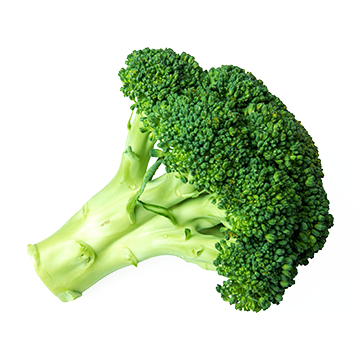
2/3 cup, chopped
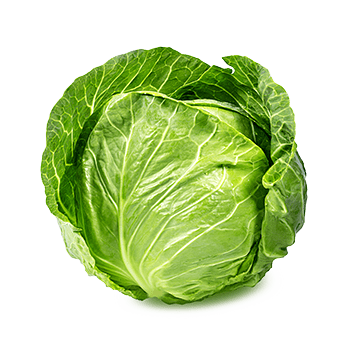
1/3 cup, chopped

3 Tbsp., chopped

1/3 cup, kernels
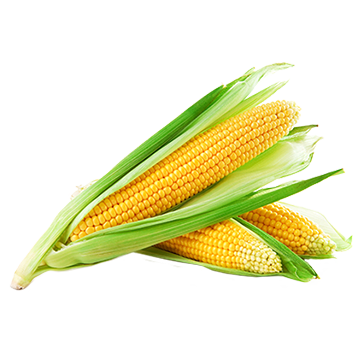
1/3 cup, chopped
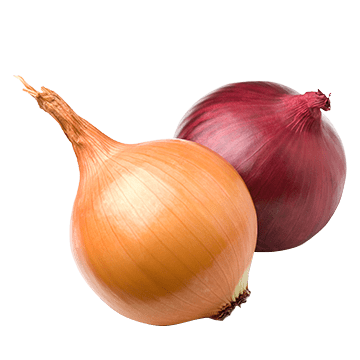
1/3 cup

3 Tbsp.

3 medium spears

1/2 cup, sliced
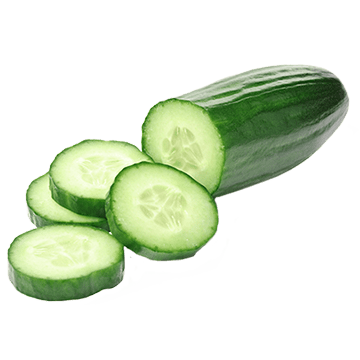
1/2 cup, 1/2-inch pieces
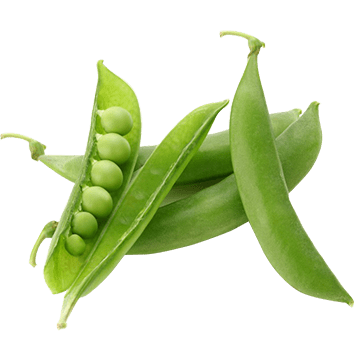
1/2 cup, cubed
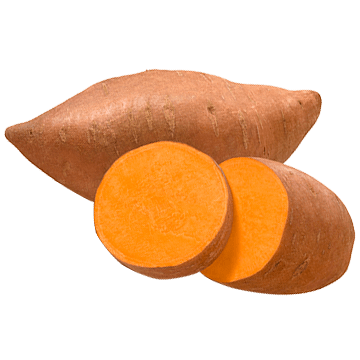
1/2 cup, chopped
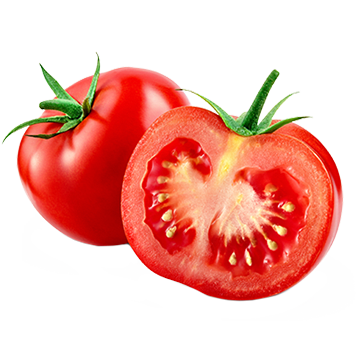
1/3 cup, diced

1 cup, shredded
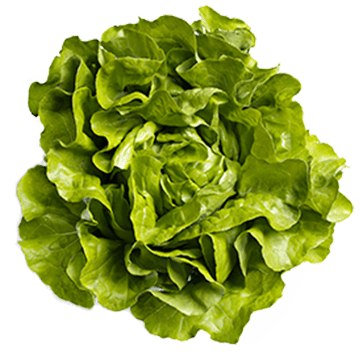
1/2 cup, sliced
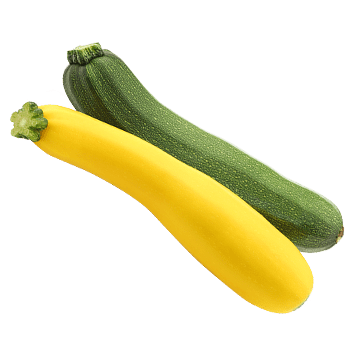
2/3 cup, chopped

3 cups, chopped

2/3 cup, 1/2-inch pieces

2/3 cup
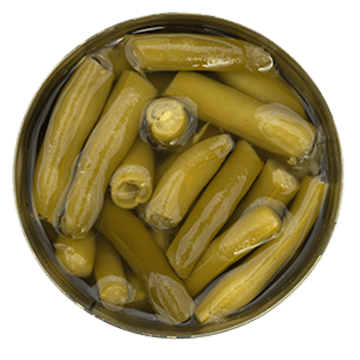
1/2 cup, 1-inch pieces

1/2 cup, diced
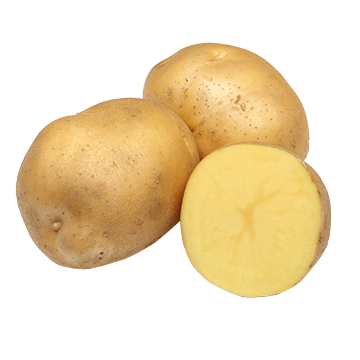
2 cups
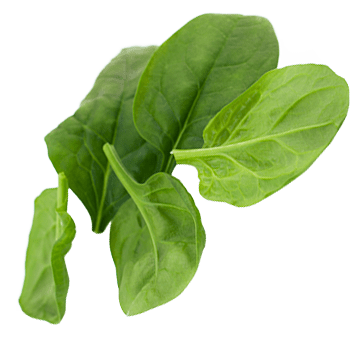
1/3 cup
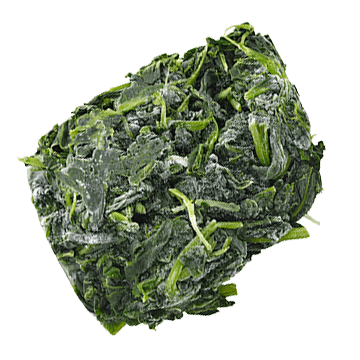
1/3 cup, whole
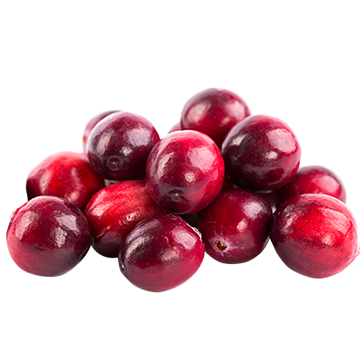
3 Tbsp.

1/3 cup, whole (unthawed)

1/3 large

2/3 medium

1/3 cup
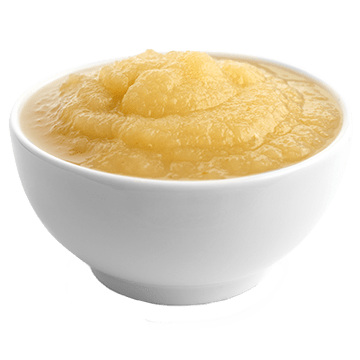
1 small

2/3 cup
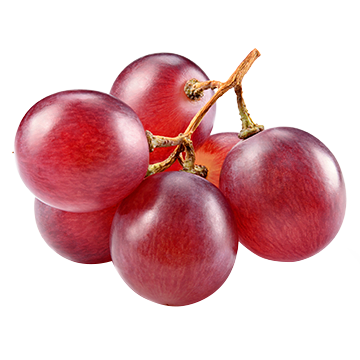
1/2 cup, pieces
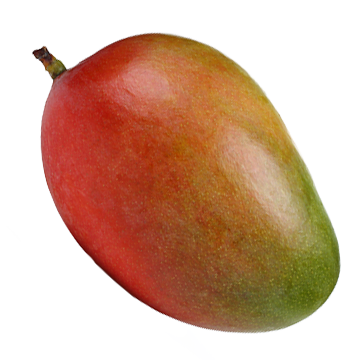
(dried plums)
3 prunes
(dried plums) Serving size: 3 prunes
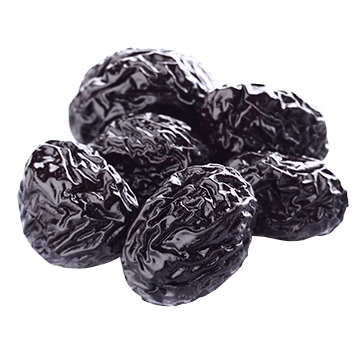
3 Tbsp.

1 large
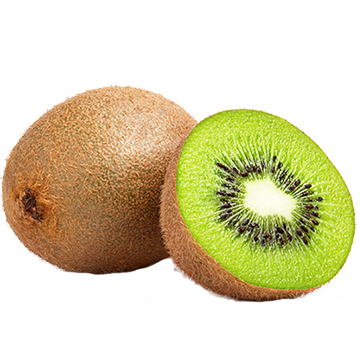
2 small
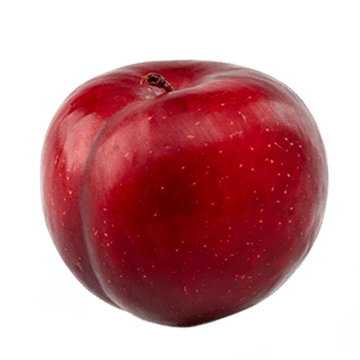
8 medium
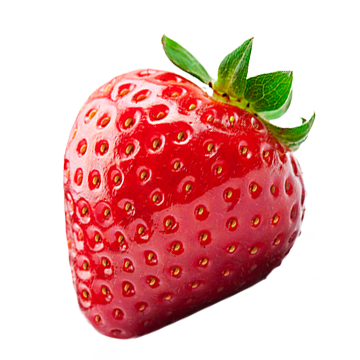
8 medium
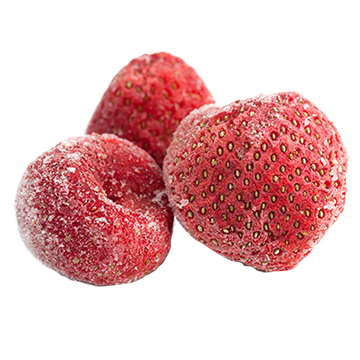
1 1/3 cup, chopped
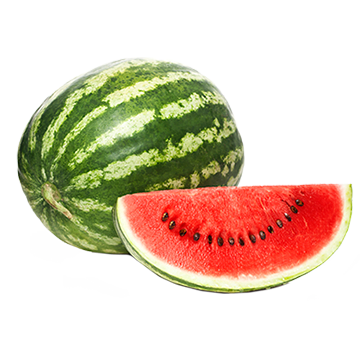
1/2 large

2/3 cup

2/3 cup

1 small
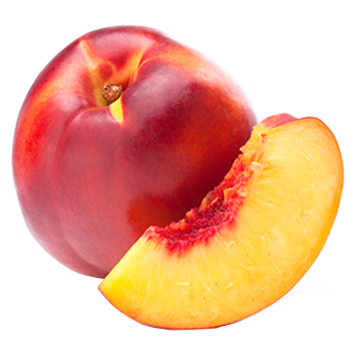
2/3 medium

2/3 cup
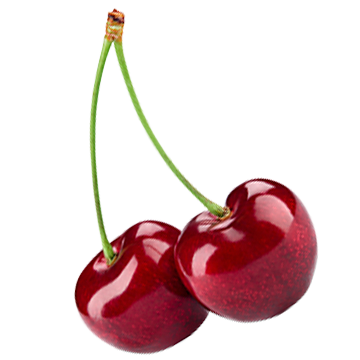
2/3 cup

2/3 medium

1/3 cup, drained
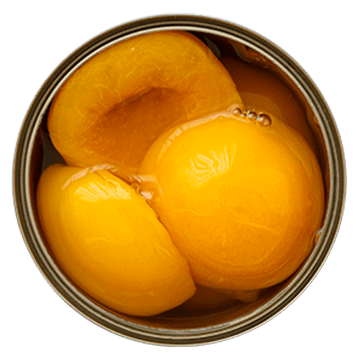
Editor’s Note: A version of this article also appeared in the October 2020 issue of Consumer Reports magazine.

















